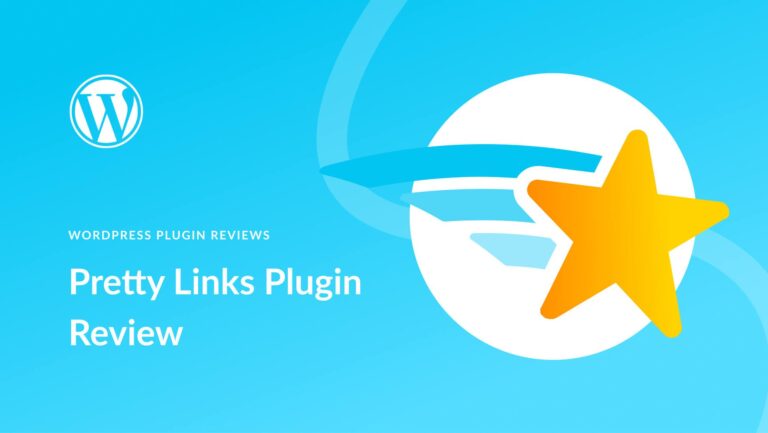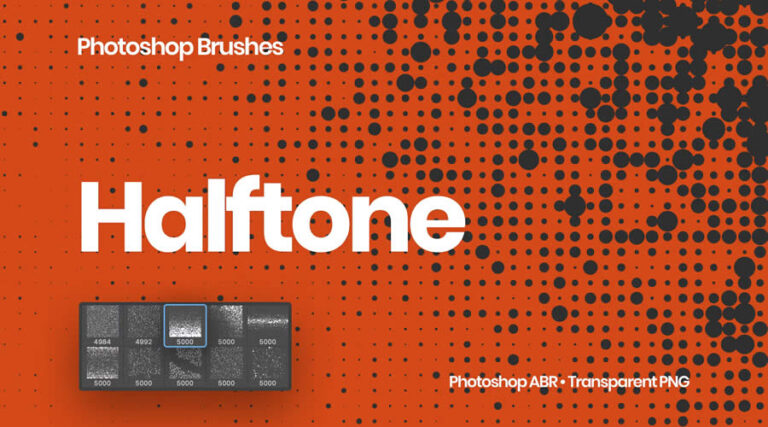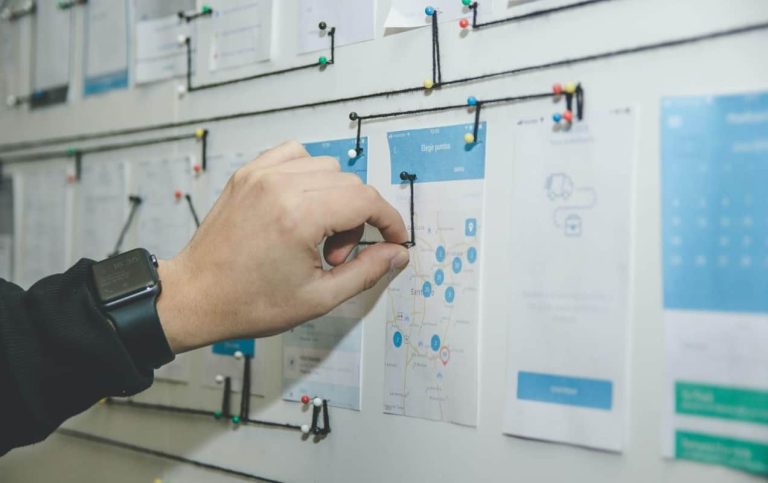Data-driven customer segments enable brands to personalize marketing campaigns, improving engagement and conversions.
Yet first-party data remains an underutilized marketing asset of ecommerce companies. Most focus their promotional efforts on email, SMS, and even direct mail, missing the opportunity to use their data in advertising.
My company manages paid media for big and small companies. We see performance lifts of 25% or more from targeted segments versus a broader audience.
Here are 10 segments to jumpstart your ecommerce ad performance.

Advertising campaigns are more productive when targeted to customer segments.
Ecommerce Ad Segments
The larger the customer list, the more complex the segmentation. The number of segments depends on the company, the budget, and available creative messaging.
All customers
Start with the broadest audience: all purchasers. Remarket to them with product launches or sales, and exclude this segment from customer acquisition campaigns.
Top customers
Repeat customers make or break most ecommerce businesses. Creating a top customer segment — e.g., frequency of purchases, the time between purchases, total value — helps focus on those essential buyers.
Sale and non-sale purchasers
Sale purchasers are prospects for flash promotions and discount campaigns. Excluding non-sale purchasers helps maintain their full-price purchasing behaviors.
Gift purchasers
A checkout flow should include the option of marking the purchase as a “gift” or adding a gift message. It improves the customer experience and facilitates a gift purchaser segment. That audience becomes valuable during gifting holidays such as Mother’s Day, Father’s Day, and the Q4 season.
Category purchasers
Category segments enable new-product campaigns and cross-sells. A customer who purchases from Category A is likely interested in those new or related products. Create messaging and campaigns to capitalize on that preference.
Unengaged purchasers
Lapsed or unengaged customers are another worthwhile segment. Use paid media to re-engage these buyers and reach them through a channel other than your own email solicitations.
Peak-season buyers
Brands with peak selling seasons beyond Q4 should create segments of customers who purchased during those periods. Timely targeting of those buyers often produces high ROAS.
Q4 customers
Most consumer brands depend on Q4 sales. Create a segment dedicated to those customers and message appropriately to maximize your impact.
Likely to purchase within x days
Predictive platforms such as Klaviyo, Bloomreach, and others can identify buyers who are “likely to purchase.” Create this segment and test various timeframes to avoid advertising to customers who would have purchased anyway.
Likely to have high AOV
Predictive platforms can also anticipate “high average order value” buyers. These segments can be lucrative and are worth testing.
Getting Started
To start, download customer segment lists from your ecommerce platform and upload them to Meta, Google, or other ad channels. Email addresses are required, and first name, last name, country, and postal code are helpful. Some platforms sync directly to ad channels. Klaviyo, for example, integrates with Meta and Google.
Next, activate campaigns that target these customers. In my experience, brands with extensive customer lists do not require look-a-like campaigns. With enough data, ad platforms can target broad-reach audiences as well or better.
Customize ad creative and messaging to the segment. If you’re trying to reach gift purchasers, for example, consider ads showcasing common gift products with dynamic gifting prices.






